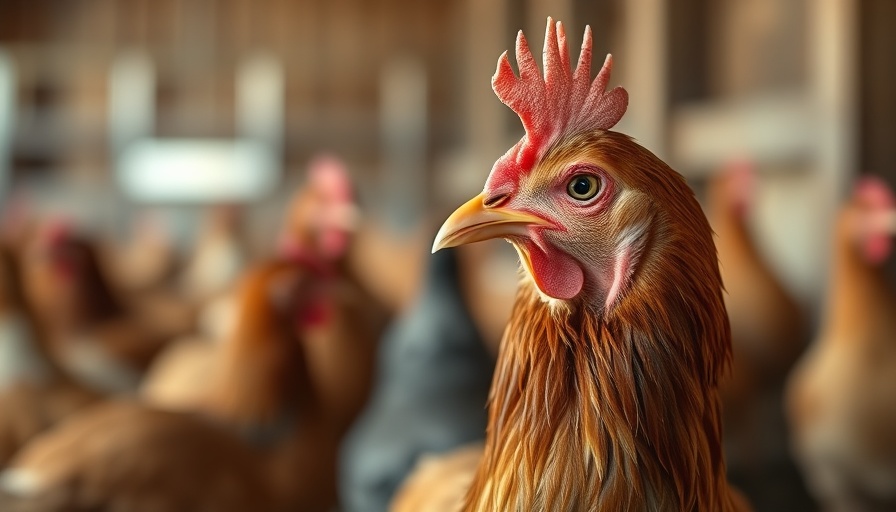
Understanding Bird Flu: A Potential Health Concern
Mexican health officials recently confirmed the youngest patient to ever contract bird flu, a virus that primarily affects birds but has the potential to infect humans. This case brings to light important discussions on disease prevention, public health monitoring, and protecting vulnerable populations, especially children. While bird flu typically remains confined to avian species, sporadic transmissions to humans can sometimes occur. These cases necessitate vigilance and a robust healthcare response to mitigate potential outbreaks.
Why This Case Matters
The significance of this case extends beyond just a recorded infection. It serves as a critical reminder of the interconnectedness of wildlife health and human health. Pathogens like the avian influenza virus can jump from birds to humans, leading to significant health risks. As the world continues to grapple with zoonotic diseases—those that transfer from animals to humans—this incident is a wake-up call for enhanced monitoring systems and preventive public health strategies.
Global Response: Learning from Past Outbreaks
Globally, the medical community has become increasingly aware of the risks posed by zoonotic diseases, especially following the COVID-19 pandemic and earlier outbreaks of viruses like H1N1. Countries are urged to improve biosecurity measures, increase surveillance in agricultural settings, and educate the public on prevention strategies to limit human exposure to potentially infected birds or contaminated environments.
Moving Forward: Steps We Can Take
This incident highlights the need for proactive measures such as vaccinations for agricultural workers, public awareness campaigns, and supportive health policies. Individuals should remain informed about bird flu symptoms and prevention methods, especially those living in or visiting areas where bird flu is prevalent.
Staying educated on this topic is crucial not just for individual awareness but also for contributing to community health efforts. Government and health organizations must prioritize communication about risks to help mitigate fears and encourage responsible behaviors around wildlife.
 Add Row
Add Row  Add
Add 




Write A Comment